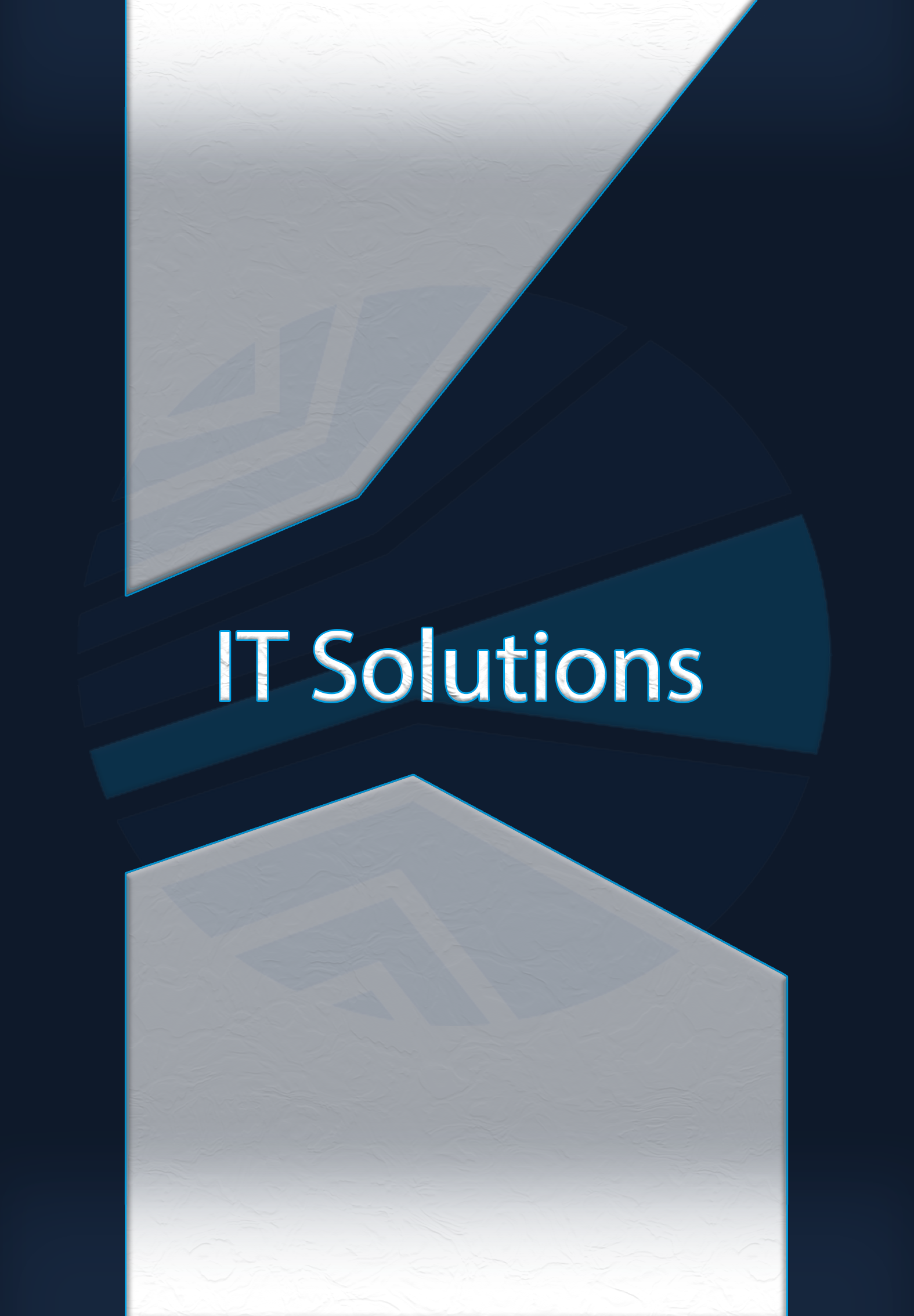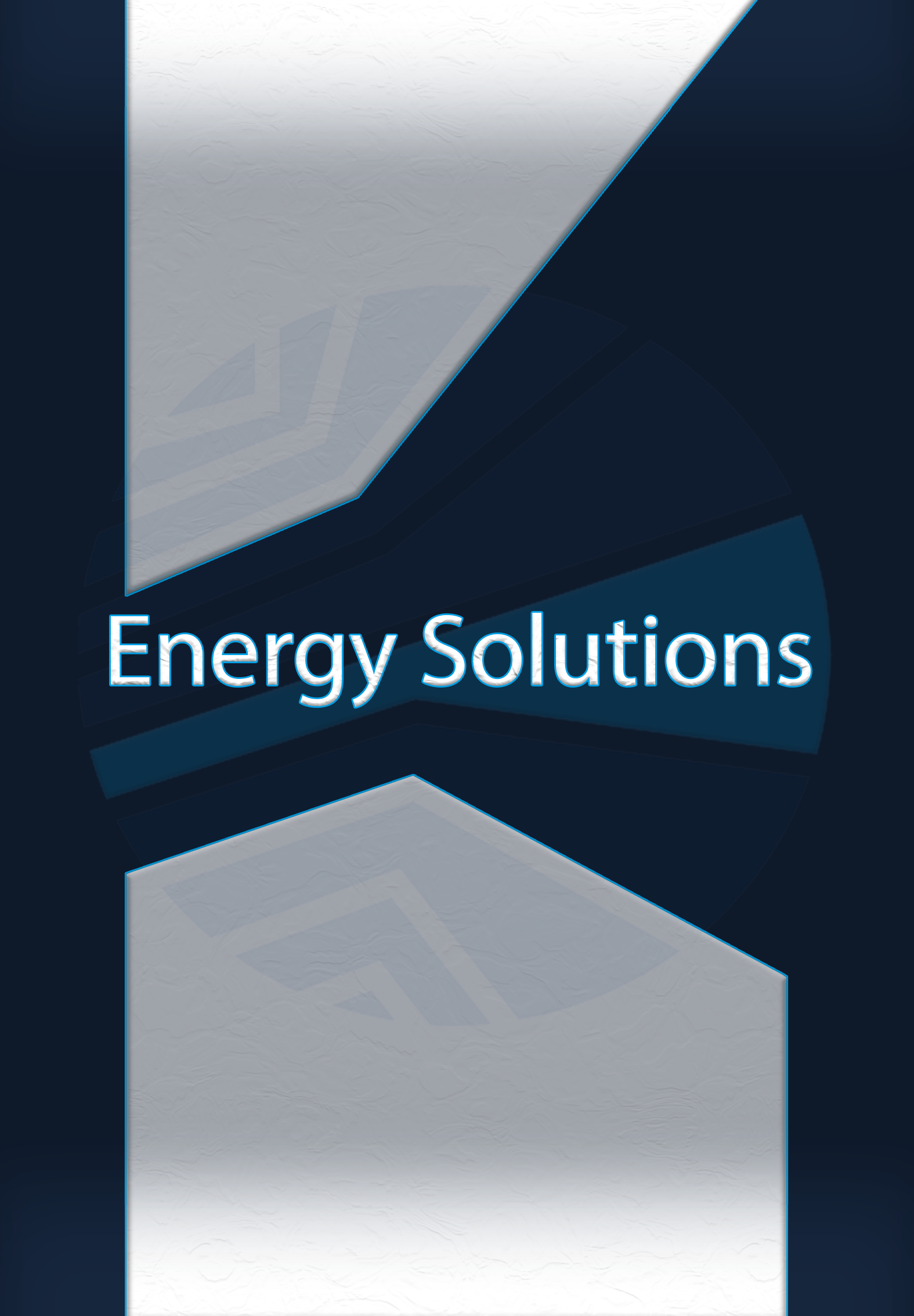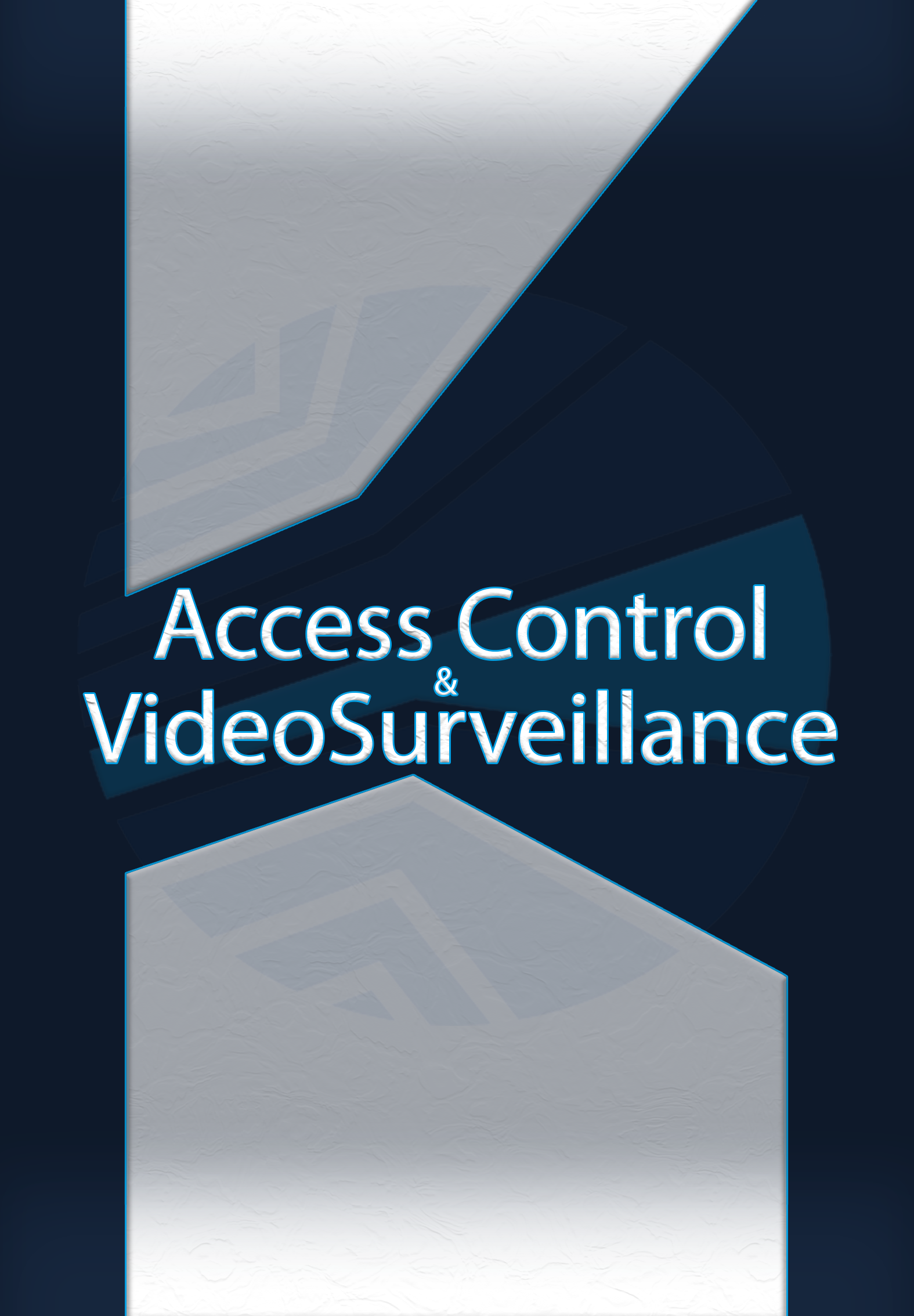Siamo il tuo partner IT

25+
Anni Di Esperienza
Siamo il tuo partner per le infrastrutture IT con oltre 25 anni di esperienza in data center, reti in fibra e rame, monitoraggio e gestione e sistemi tecnologici ad alta efficienza.
Trova Le Risposte Che Stai Cercando
1. Come si progetta una rete aziendale scalabile e ridondante per garantire elevate prestazioni e continuità aziendale?
Per progettare una rete aziendale scalabile e ridondante, è necessario innanzitutto valutare le esigenze attuali e future, quindi integrare la ridondanza nella progettazione principale attraverso modularità, sistemi duplicati e risorse distribuite. La scalabilità si ottiene utilizzando progetti modulari, bilanciamento del carico e investendo in hardware che supporti la crescita futura. Le prestazioni elevate sono garantite tramite monitoraggio proattivo, segmentazione della rete e ottimizzazione delle prestazioni, mentre la continuità aziendale si basa su una sicurezza solida e regolari test di failover.
2. Quali sono le principali misure di sicurezza da implementare per proteggere la rete aziendale da intrusioni e ransomware?
Una strategia di difesa a più livelli è il modo più efficace per proteggere una rete aziendale da intrusioni e ransomware. Nessuna soluzione è infallibile, quindi le organizzazioni dovrebbero combinare più misure incentrate su prevenzione, rilevamento e ripristino. Utilizzare firewall, protezione degli endpoint, segmentazione della rete e aggiornamenti regolari per prevenire intrusioni e ransomware.
3. Quali vantaggi offre un sistema di videosorveglianza IP rispetto a uno analogico e come si integra nella rete aziendale?
La videosorveglianza IP offre vantaggi rispetto ai sistemi analogici, tra cui una qualità video superiore ad alta risoluzione, maggiore flessibilità grazie a una più semplice integrazione di rete e opzioni wireless e funzionalità avanzate come l’accesso remoto e l’analisi avanzata. Si integra in una rete aziendale utilizzando l’infrastruttura IT standard per collegare le telecamere agli switch e ai registratori di rete, consentendo una gestione unificata della rete e la connessione ad altri sistemi aziendali come il controllo degli accessi.
4. Come è possibile monitorare e ottimizzare la produzione di un impianto fotovoltaico utilizzando soluzioni di rete e piattaforme IoT?
Utilizzare piattaforme IoT e di monitoraggio intelligente per monitorare la produzione, rilevare guasti e ottimizzare le prestazioni in tempo reale. Il sistema di monitoraggio basato su IoT per la protezione degli impianti fotovoltaici prevede l’utilizzo di una rete di sensori wireless per connettere una configurazione sperimentale a una piattaforma cloud. I dati provenienti dai sensori del dispositivo sperimentale vengono caricati in un database e possono essere visualizzati utilizzando una piattaforma di visualizzazione dati.
5. Quali sono i criteri principali per progettare un data center efficiente, sicuro e facilmente scalabile nel tempo?
Progettare un data center efficiente, sicuro e scalabile implica pianificare la scalabilità, garantire una sicurezza solida e dare priorità all’efficienza energetica fin dall’inizio. I criteri chiave includono la creazione di un’infrastruttura modulare e flessibile in grado di gestire la crescita futura, l’implementazione di una sicurezza fisica e digitale multilivello e la progettazione per l’efficienza energetica con sistemi di alimentazione affidabili e di raffreddamento avanzati. Anche un piano di disaster recovery ben definito e una gestione strategica dei fornitori sono componenti fondamentali.
6. Qual è la differenza tra cablaggio strutturato in rame e in fibra e come scegliere quello più adatto alla propria infrastruttura aziendale?
La differenza principale è che i cavi in fibra ottica utilizzano impulsi luminosi attraverso il vetro, offrendo velocità più elevate (fino a 100 Gbps o superiori), distanze maggiori (oltre 40 km) e immunità alle interferenze elettromagnetiche (EMI), mentre i cavi in rame utilizzano segnali elettrici attraverso fili metallici, offrendo velocità inferiori (fino a 10 Gbps), distanze più brevi (100 metri) e costi di installazione iniziali inferiori. Per scegliere, considera le esigenze della tua azienda: opta per la fibra per un’ampia larghezza di banda, lunghe distanze e a prova di futuro, come per connessioni backbone, data center o applicazioni come il cloud computing. Scegli il rame per connessioni economiche e a breve distanza, come per LAN interne o per fornire alimentazione tramite Ethernet (PoE) a dispositivi come telefoni e punti di accesso wireless.
7. Quali sono le tecnologie più affidabili per la gestione del controllo degli accessi in ambienti aziendali o industriali?
I sistemi biometrici, RFID e basati su IP forniscono una gestione degli accessi sicura e centralizzata per qualsiasi struttura
8. In che modo il monitoraggio remoto contribuisce alla manutenzione predittiva e all’efficienza dei sistemi tecnologici?
Il monitoraggio remoto consente la manutenzione predittiva, riduce i tempi di fermo e migliora l’efficienza energetica. Il monitoraggio remoto contribuisce alla manutenzione predittiva utilizzando sensori per raccogliere dati in tempo reale sulle prestazioni delle apparecchiature, consentendo di prevedere potenziali guasti prima che si verifichino. Questo approccio proattivo migliora l’efficienza riducendo al minimo i tempi di fermo non pianificati, riducendo i costi operativi e consentendo una pianificazione ottimizzata della manutenzione, con conseguente aumento della produttività e dell’affidabilità dei sistemi tecnologici.





